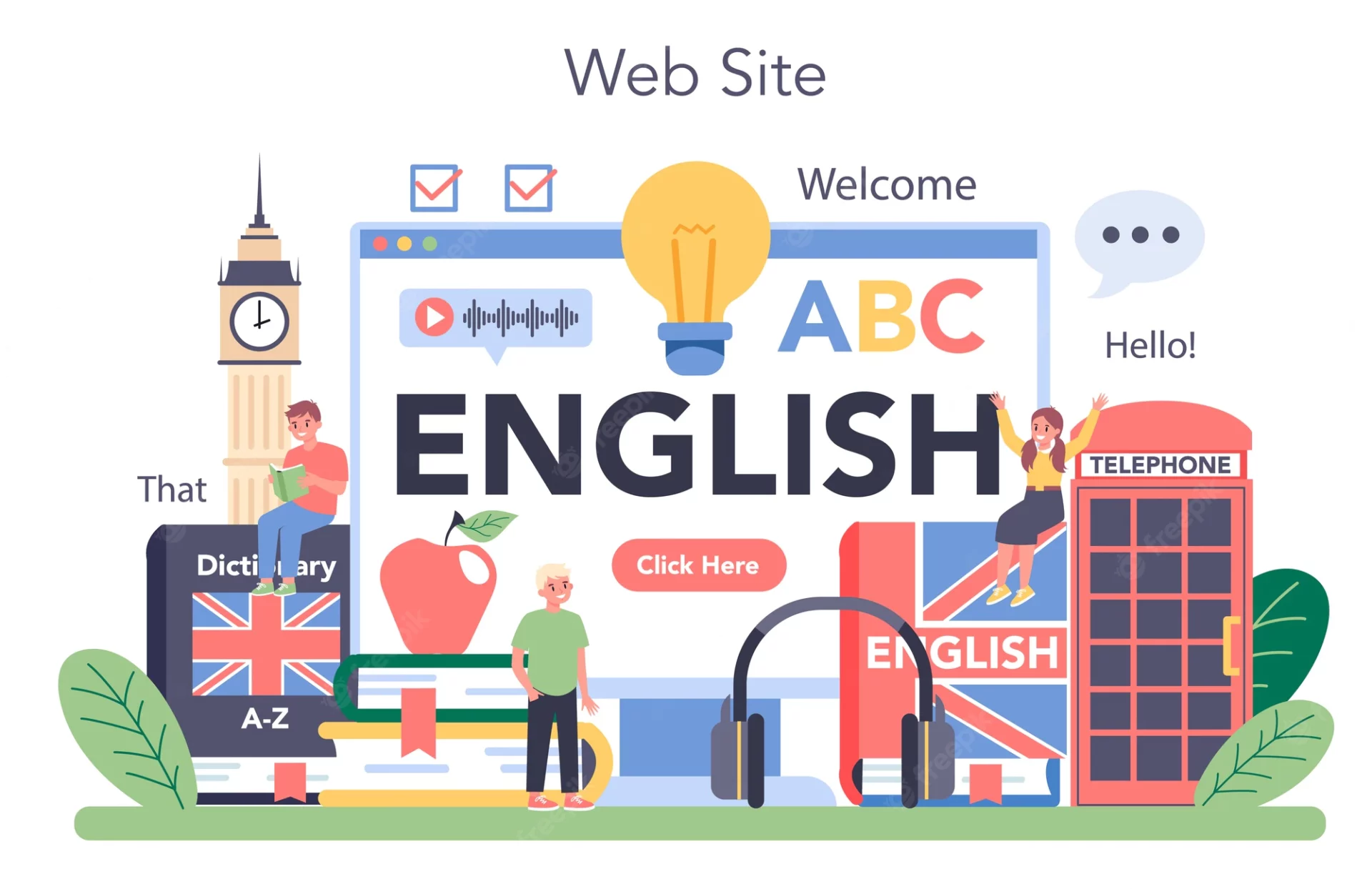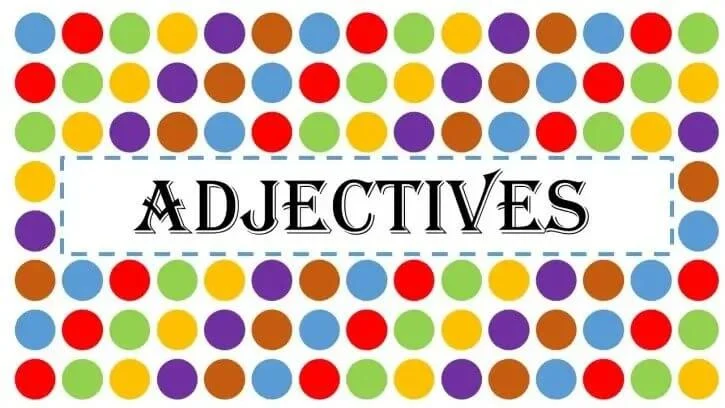Using Articles and False Cognates English Class A1

- Cognates are words that are very similar in both languages. False cognates are words that are similar in both languages but don´t have the same meaning.
- The following words are similar but have different meanings:
embarrassed (English): ashamed
embarazo(Spanish): pregnant
- actually = realmente
actualmente = currently
- carpet = alfombra
carpeta = binder
- compromise = término medio
compromiso = commitment
- embarrassed = avergonzado
embarazada = pregnant
- exit = salida
éxito = success
fabric = tela
fábrica = factory
lecture = discurso
lectura = reading
8) library = biblioteca
librería = bookstore
- record = grabar
recordar = remember
- large= grande
largo= long
Using Articles
- This lesson discusses the differences between indefinite articles (a/an) and definite articles (the).
- What is an article? Basically, an article is an adjective.
- Like adjectives, articles modify nouns.
- English has two articles: the and a/an.
The is used to refer to specific or particular nouns; a/an is used to modify non-specific or non-particular nouns. We call the the definite article and a/an the indefinite article.
The = definite article a/an = indefinite article
- For example, if I say, “Let’s read the book,” I mean a specific book. If I say, “Let’s read a book,” I mean any book rather than a specific book.
- Here’s another way to explain it: The is used to refer to a specific or particular member of a group. For example, “I just saw the most popular movie of the year.” There are many movies, but only one particular movie is the most popular. Therefore, we use the.
“A/an” is used to refer to a non-specific or non-particular member of the group. For example, “I would like to go see a movie.” Here, we’re not talking about a specific movie. We’re talking about any movie. There are many movies, and I want to see any movie. I don’t have a specific one in mind.
Let’s look at each kind of article a little more closely:
Indefinite Articles: a and an
- “A” and “an” signal that the noun modified is indefinite, referring to any member of a group. For example:
“My daughter really wants a dog for Christmas.” This refers to any dog. We don’t know which dog because we haven’t found the dog yet.
- “Somebody call a policeman!” This refers to any policeman. We don’t need a specific policeman; we need any policeman who is available.
“When I was at the zoo, I saw an elephant!” Here, we’re talking about a single, non-specific thing, in this case an elephant. There are probably several elephants at the zoo, but there’s only one we’re talking about here.
Remember, using a or an depends on the sound that begins the next word. So…
- a + singular noun beginning with a consonant: a boy; a car; a bike; a zoo; a dog
- an + singular noun beginning with a vowel: an elephant; an egg; an apple; an idiot; an orphan
a + singular noun beginning with a consonant sound: a user (sounds like ‘yoo-zer,’ i.e. begins with a consonant ‘y’ sound, so ‘a’ is used); a university; a unicycle
- an + nouns starting with silent “h”: an hour
- a + nouns starting with a pronounced “h”: a horse
In some cases where “h” is pronounced, such as “historical,” you can use an. However, a is more commonly used and preferred.
Definite Article: the
The definite article is used before singular and plural nouns when the noun is specific or particular. The signals that the noun is definite, that it refers to a particular member of a group. For example:
- “The dog that bit me ran away.” Here, we’re talking about a specific dog, the dog that bit me.
- “I was happy to see the policeman who saved my cat!” Here, we’re talking about a particular policeman. Even if we don’t know the policeman’s name, it’s still a particular policeman because it is the one who saved the cat.
“I saw the elephant at the zoo.” Here, we’re talking about a specific noun. Probably there is only one elephant at the zoo.
Count and Noncount Nouns
The can be used with noncount nouns, or the article can be omitted entirely.
- “I love to sail over the water” (some specific body of water) or “I love to sail over water” (any water).
- “He spilled the milk all over the floor” (some specific milk, perhaps the milk you bought earlier that day) or “He spilled milk all over the floor” (any milk).
“A/an” can be used only with count nouns.
- “I need a bottle of water.“
- “I need a new glass of milk.“
- Most of the time, you can’t say, “She wants a water,” unless you’re implying, say, a bottle of water.
Geographical use of the
There are some specific rules for using the with geographical nouns. Do NOT use the before:
- names of most countries/territories: Italy, Mexico, Bolivia; however, the Netherlands, the Dominican Republic, the Philippines, the United States
- names of cities, towns, or states: Seoul, Manitoba, Miami, Monterrey
- names of streets: Washington Blvd., Main St., Pino Suarez Av.
- names of continents (Asia, Europe).
Do use the before:
- names of rivers, oceans and seas: the Nile, the Pacific
- points on the globe: the Equator, the North Pole
geographical areas: theMiddle East,theWest




